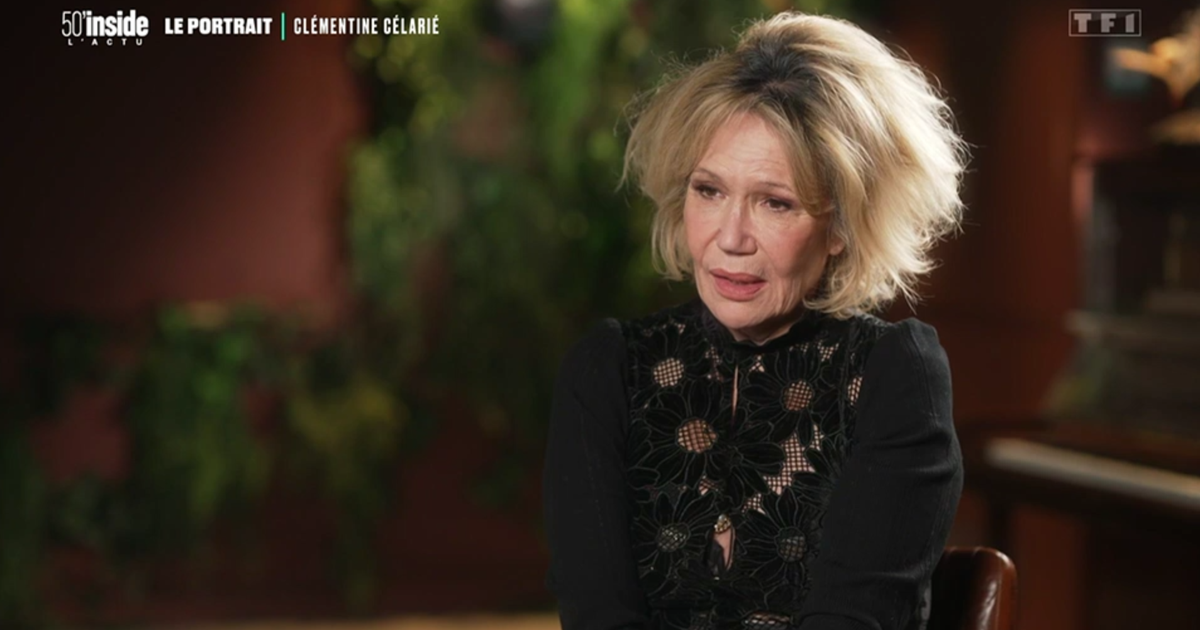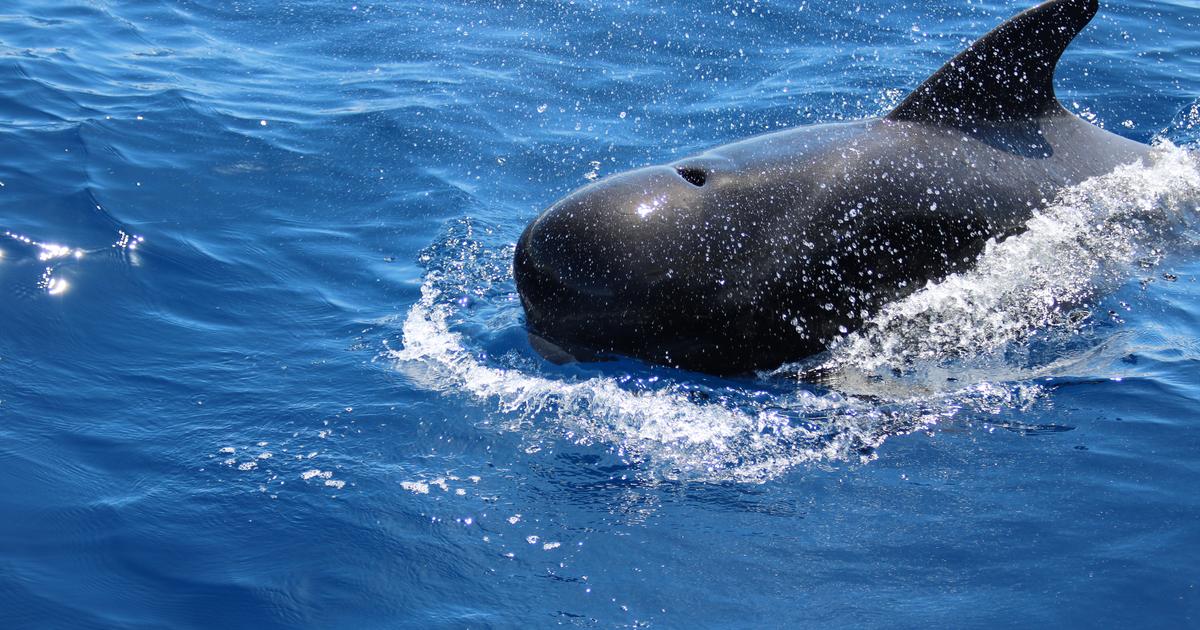These are sad images to cry for. A video of a few minutes showing live the agony of a giant of the seas. After surviving 25 years with only half a fin, Fluker, a fin whale commonly seen off the Mediterranean coast of France, lost the rest of its tail. His fate is now sealed: the whale will die.
“I photographed her underwater a fortnight ago off Toulon after having seen her four days earlier near Porquerolles,” testifies underwater photojournalist Alexis Rosenfeld. It is an extremely rare image that I wanted to share because it testifies to the distress of the animal. Fluker has been starving for months. She draws on her reserves but today she is emaciated, weakened, moves very slowly and seems to be in agony. "
It was during a sea trip aboard the Blue Panda, the WWF association boat, that the photographer was able to take a snapshot of the whale. “Without a tail, she can no longer move forward normally or dive to feed and when you see the state of her body, you know she is going to die, that's obvious, laments Arnaud Gauffier, WWF program director. . Until now, she had managed to live with half a caudal fin but since she lost the other half, she floats between two waters, has totally hollowed sides, has only skin on bones and visibly wasting away ”. Deprived of her means of propulsion, Fluker can no longer probe the great depths in search of krill, those little shrimps she loves.
Amputated by fishing lines
Observed for twenty years, Fluker was recognizable among all cetaceans by its half-amputated tail. “The collision with a ship had probably left him this indelible scar,” explains Alexis Rosenfeld. Less than a year ago, it appears to have been abandoned fishing lines that cut off the rest of his tail. These ghost nets are a scourge for marine life ”. "The fishing industry must also organize itself and commit to recovering and recycling its old nets by bringing them back to land rather than leaving them at sea" insists Arnaud Gauffier.
The associations also point to the intensity of maritime traffic in the sector and the increased risk of collision with cetaceans. 1,300 fin whales evolve in the Pelagos sanctuary, a maritime space of 87,500 square km which is the subject of an agreement between Italy, Monaco and France for the protection of marine mammals. But each year, "around forty large cetaceans die as a result of a collision with a boat in the Mediterranean where the annual maritime traffic in the western zone is estimated at 220,000 merchant ships" details the association "Stand Up for The Planet" . To protect sperm whales, dolphins, pilot whales and other whales already victims of the pollution of the big blue, WWF is calling for the creation of a particularly vulnerable maritime zone.
"France could impose a reduction in the speed of ships to ten knots, so that cetaceans have time to escape them" specifies Arnaud Gauffier. Noting a 4% increase in annual maritime traffic, the association would like fleet managers to deploy more anti-collision devices on their ships. "There is an effective system allowing equipped boats to learn in real time of the presence of cetaceans in an area but a minority of vessels sailing in the Mediterranean are equipped today" deplores the association "Stand Up for The Planet ”. In a petition addressed to the Minister of Ecological Transition, the NGO asks her, in order to “preserve the tranquility of marine animals”, to “legislate so that no merchant vessel crosses the Pelagos sanctuary”.







